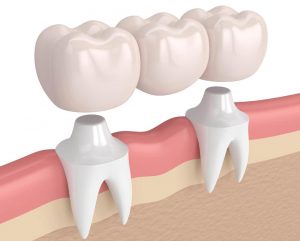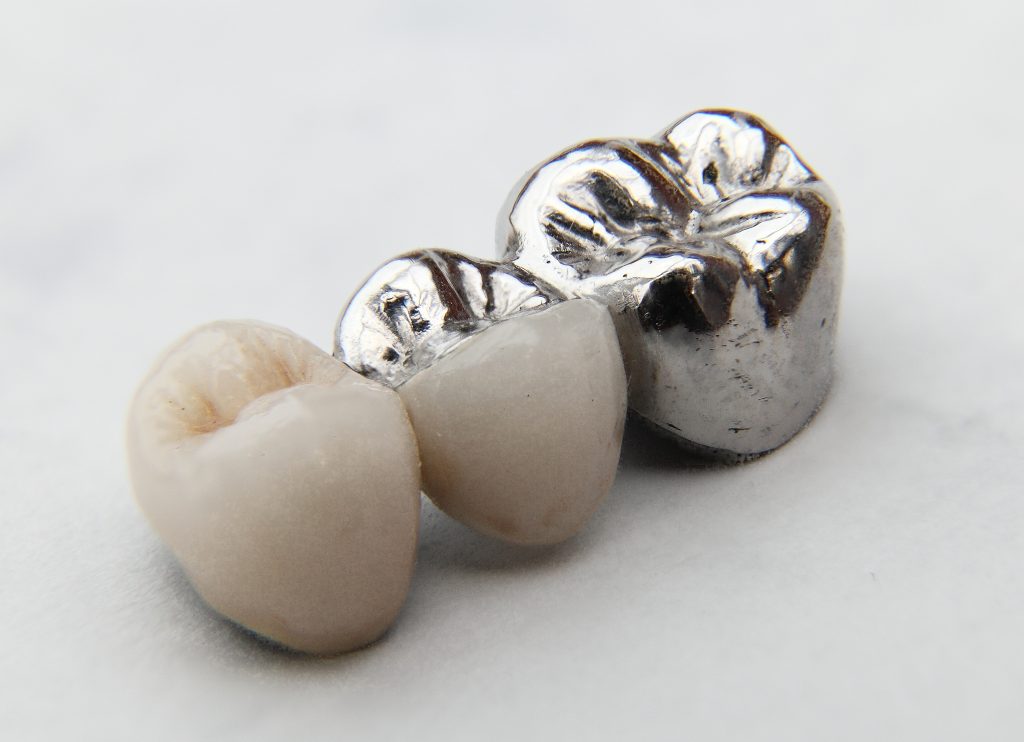Dental Bridges
Dental bridges are required to bridge the space created by your missing tooth or teeth. Dental bridges typically consist of two or more fitted crowns held in place by the abutment teeth. The abutment or anchoring teeth give support to the dental bridge and help to keep it in place.
There are several options available if you are looking to replace your missing teeth. The average adult has three or more teeth that need replacement. Therefore, it is normal to have a few missing teeth. Many patients prefer to use dental bridges because of their numerous advantages. Dental bridges help restore the lost smiles and confidence of patients.
Dental bridges are consist of pontic teeth. Pontic teeth are the artificial teeth that fill the space between the abutment teeth. Materials used in making dental bridges include; gold, porcelain, ceramic, and metal alloys such as nickel-chromium. Porcelain dental bridges are very popular because they blend well with the natural teeth.
Before placing a dental bridge, the dentist first removes a part of the abutment teeth. The abutment teeth are contoured and reshaped through the removal of enamel. That provides enough space for the crown to be mounted. The enamel removal is the same for both the front and back teeth.
Dental Bridge Types 
There are four main types of dental bridges, including:
• Traditional dental bridges
• Cantilever dental bridges
• Maryland dental bridges
• Implant-supported dental bridges
Traditional Dental Bridges
Traditional dental bridges are the most popular dental bridges. They are also known as fixed dental bridges. They are required when the abutment teeth surround the missing teeth gap on both sides. These bridges have one or more fake teeth (pontic teeth) and two dental crowns.
The crowns are attached to the abutment teeth adjacent to the gap. The pontic is then used to bridge the gap, thus recreating the appearance of a perfect dentition. Filling the space with the dental bridge restores the bite force of the abutment teeth. It also prevents them from shifting out of their regular positions in the mouth.
Traditional bridges consist of all-metal like gold, ceramic, or porcelain fused to metal. They are suitable for replacing teeth such as molars and premolars. When setting the traditional dental bridge, the dentist files and shapes the abutment teeth. That ensures the two dental crowns fit. Removal of the enamel from the abutment teeth is irreversible. Traditional bridges may last up to fifteen years.

